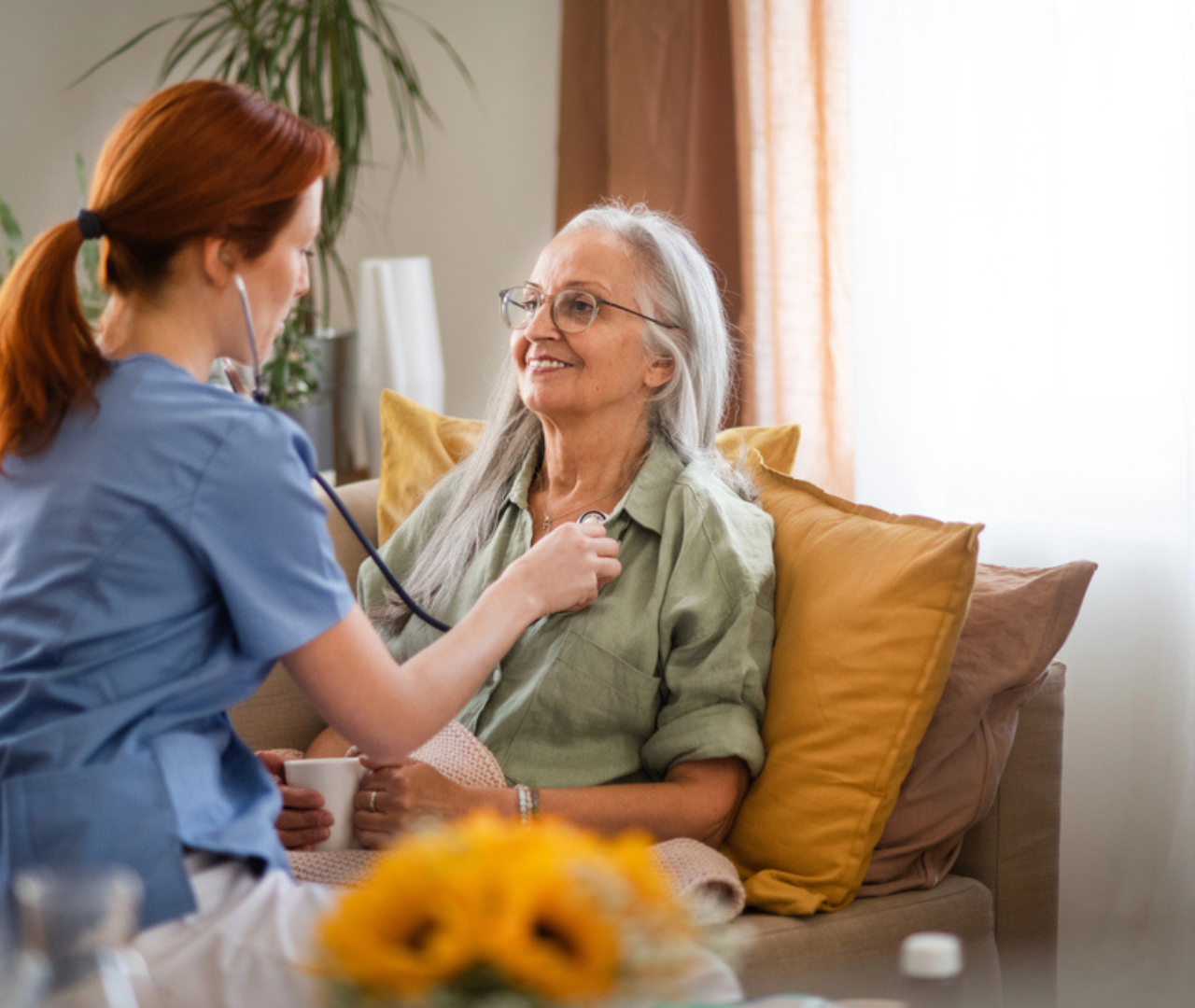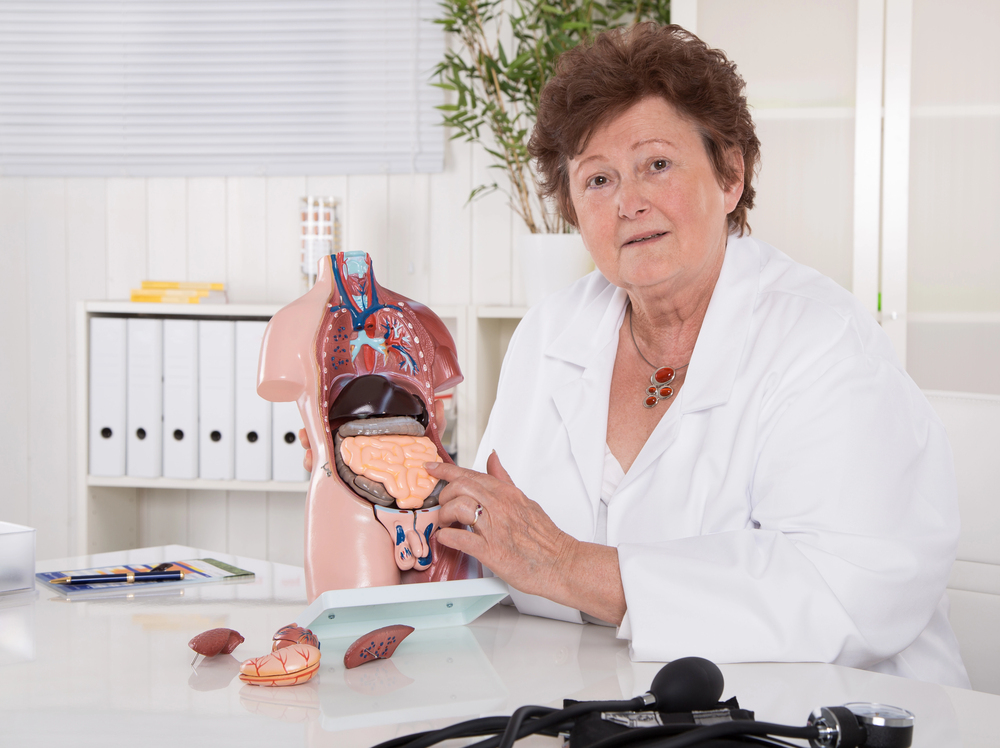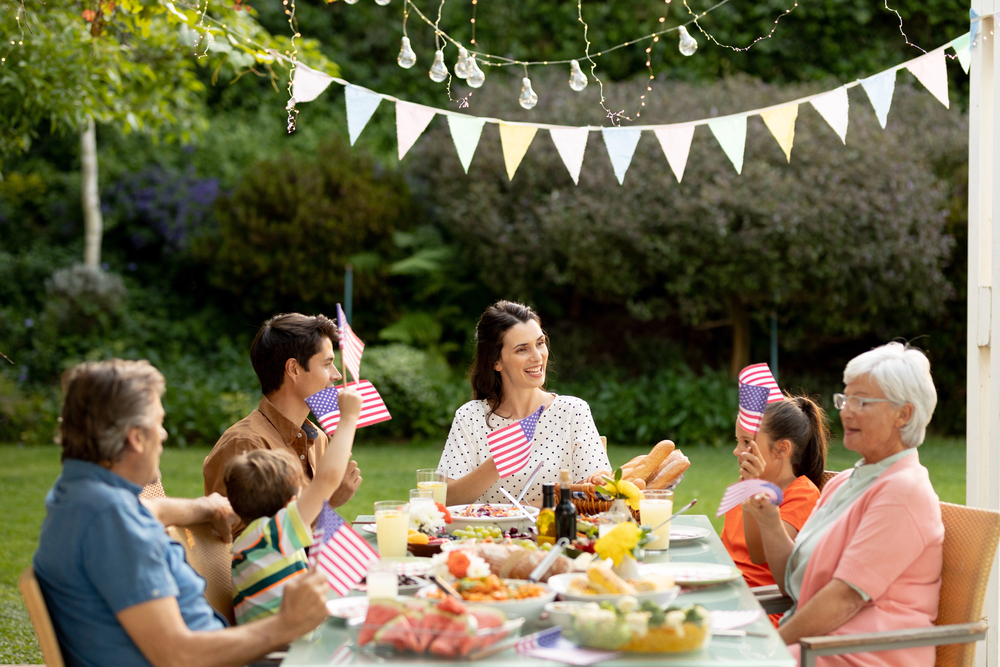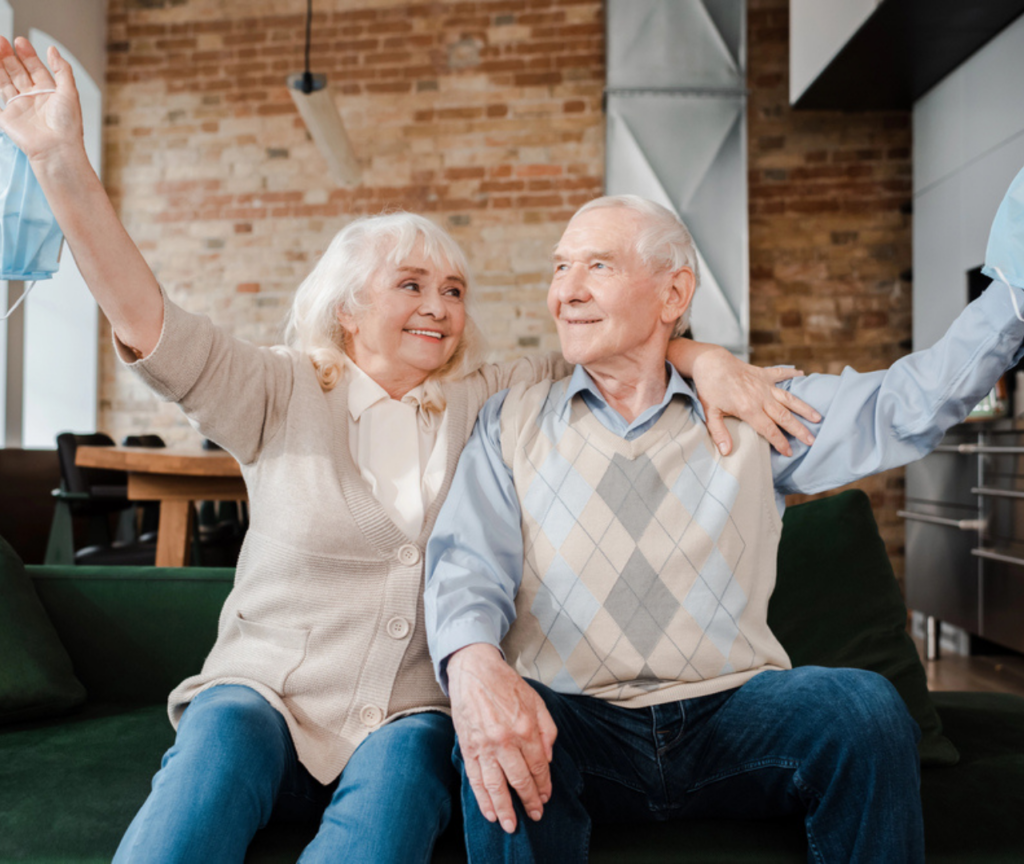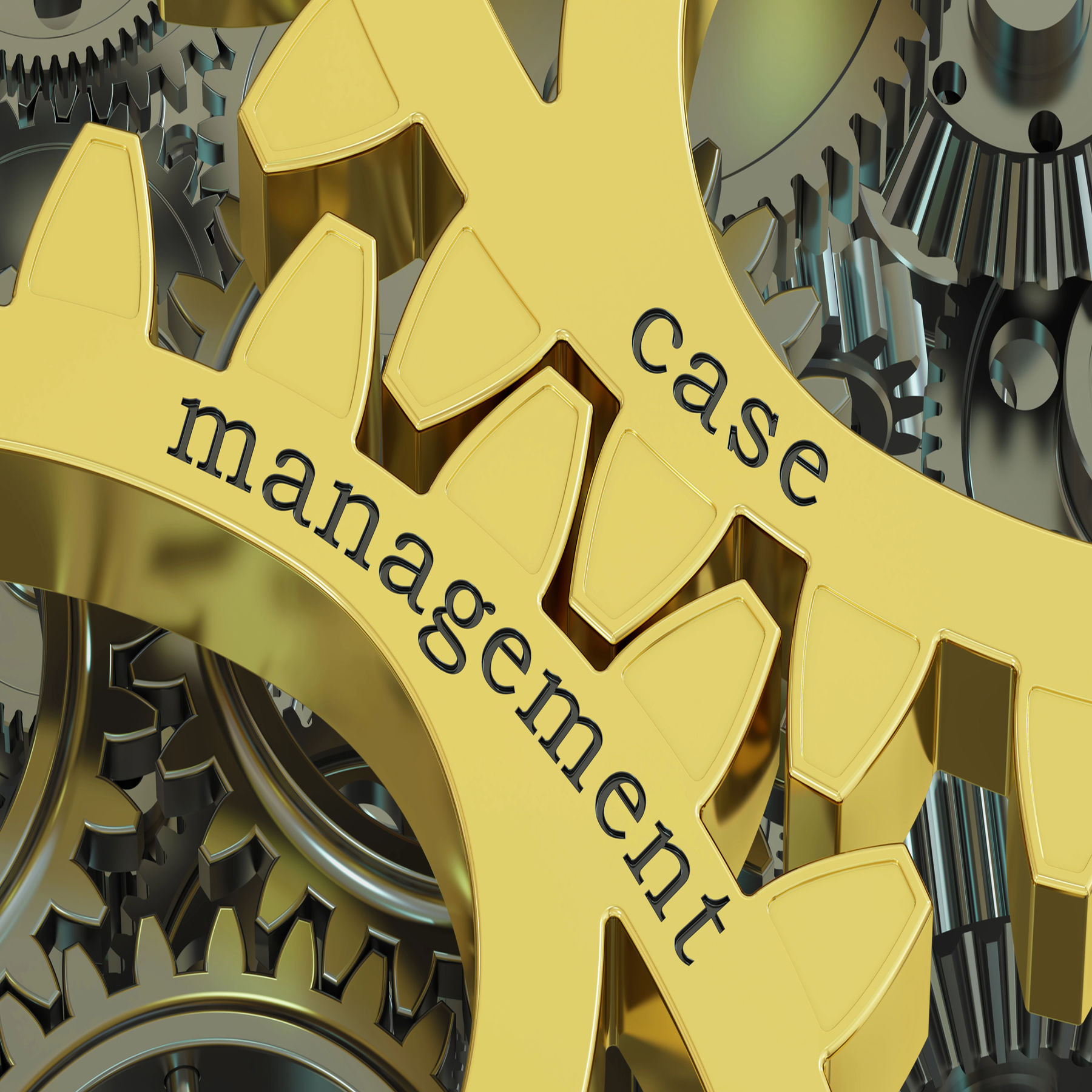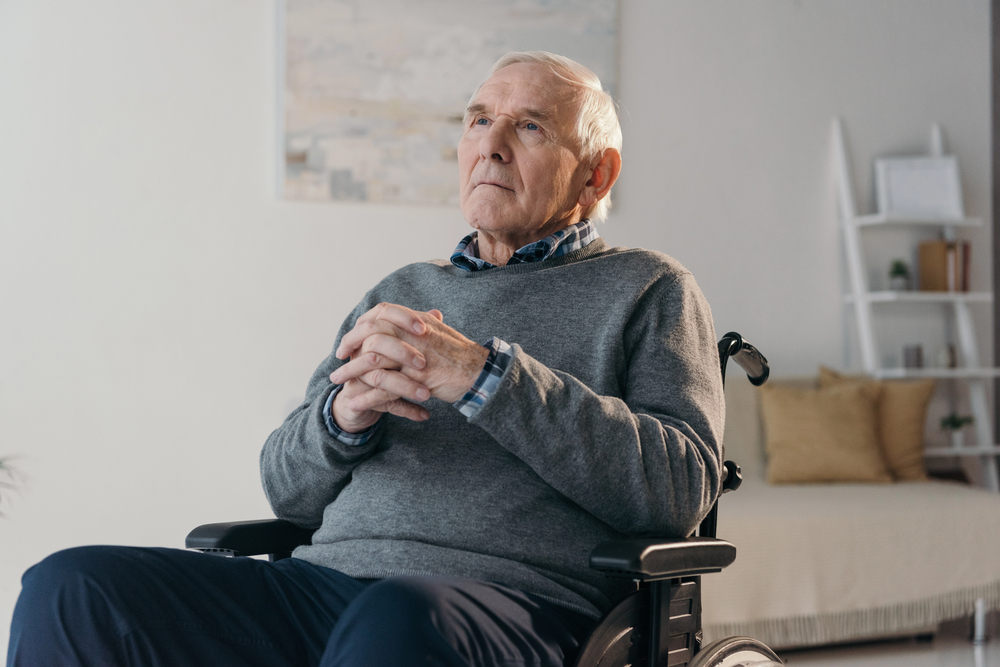Scleroderma is a rare but serious chronic condition that can have a significant impact on older adults. This autoimmune disease leads to the hardening and tightening of the skin and connective tissues, and in some cases, it can affect internal organs such as the lungs, heart, and kidneys. For seniors with scleroderma, the condition may require comprehensive care and support to manage symptoms, prevent complications, and maintain a good quality of life.
Caring for seniors with scleroderma can be challenging due to the complexity and unpredictability of the disease. However, with the right knowledge, care strategies, and support, caregivers can help improve outcomes and ensure that their loved ones are comfortable and well cared for. Below are some essential tips for managing scleroderma in older adults.
1. Understanding the Symptoms and Progression of Scleroderma
Scleroderma is a progressive condition that can vary widely from one individual to another. The hallmark of the disease is fibrosis, which causes the skin and tissues to become stiff and thick. In addition to skin changes, scleroderma can affect internal organs and lead to issues such as difficulty swallowing, shortness of breath, joint pain, and digestive problems.
Caregivers should familiarize themselves with the symptoms of scleroderma to better monitor their loved one’s condition and spot any new or worsening symptoms. These may include:
- Skin changes: Thickening, tightening, or hardening of the skin, often on the hands, face, and arms.
- Joint pain: Scleroderma can cause joint stiffness and pain, which can limit mobility.
- Digestive issues: Difficulty swallowing, acid reflux, and malabsorption due to changes in the digestive system.
- Lung and heart complications: As the disease progresses, it may affect the lungs and heart, leading to respiratory issues or heart failure.
- Raynaud’s phenomenon: Reduced blood flow to fingers and toes, which can cause discoloration and discomfort in response to cold.
Understanding the symptoms helps caregivers track the progression of the disease, alert healthcare providers to changes, and adjust care strategies as necessary.
2. Managing Skin Changes and Comfort
Skin involvement is one of the most visible symptoms of scleroderma. The thickening and tightening of the skin can cause discomfort, restrict movement, and lead to a loss of flexibility. To support a senior with scleroderma, caregivers can help manage these skin changes through:
- Moisturizing regularly: Use rich, hydrating creams and lotions to help prevent skin dryness and cracking. Gentle massage can also help improve skin elasticity and reduce tension.
- Protecting the skin from the sun: Seniors with scleroderma may be more susceptible to sunburn and damage due to skin changes. Encourage the use of sunscreen with a high SPF, and ensure that they wear protective clothing when outdoors.
- Gentle skin care: Avoid harsh soaps or skincare products that can further dry out or irritate the skin. Opt for mild, fragrance-free options.
- Exercises to improve mobility: Gentle stretching exercises or physical therapy can help maintain joint flexibility and prevent contractures (permanent tightening of the skin).
3. Supporting Respiratory Health
Lung involvement is a common concern in seniors with scleroderma. Over time, the disease can lead to fibrosis in the lungs, causing shortness of breath, coughing, and reduced exercise tolerance. Managing respiratory health is critical to preventing complications such as pulmonary hypertension or interstitial lung disease.
To support respiratory function, caregivers can:
- Encourage regular deep breathing exercises: These exercises can help improve lung capacity and oxygen intake, which is crucial for maintaining respiratory health.
- Monitor for signs of lung complications: Keep an eye on changes in breathing patterns, coughing, or any new shortness of breath. Notify a healthcare provider if these symptoms worsen.
- Promote physical activity: Gentle exercise such as walking or swimming can help improve lung function and overall mobility. Always check with a healthcare provider before starting an exercise program.
4. Nutritional Support and Digestive Health
Scleroderma can affect the digestive system, leading to issues such as acid reflux, constipation, and difficulty swallowing. These problems can cause discomfort and malnutrition if not managed appropriately. To support seniors with scleroderma, caregivers can:
- Encourage a balanced diet: Ensure that meals are rich in nutrients and easy to digest. Soft foods or pureed meals may be necessary if swallowing becomes difficult.
- Monitor for signs of malnutrition: If the senior has difficulty eating or maintaining weight, consult a healthcare provider for dietary recommendations or supplements.
- Address digestive issues: Work with the senior’s healthcare team to manage reflux or constipation. This may involve adjusting medications, recommending fiber-rich foods, or using over-the-counter remedies as directed by a doctor.
5. Pain Management and Joint Care
Scleroderma can cause joint pain and stiffness, making mobility and daily tasks more difficult. Seniors with scleroderma may also be at risk of developing carpal tunnel syndrome or other musculoskeletal complications.
To help manage pain and improve mobility:
- Provide pain relief: Over-the-counter pain relievers, such as acetaminophen or ibuprofen, may be useful for managing mild pain. For more severe pain, a doctor may prescribe stronger medications or topical treatments.
- Physical therapy: Regular physical therapy can help improve joint flexibility, reduce pain, and prevent contractures. Encourage the senior to follow the prescribed exercises.
- Assistive devices: Braces or splints may help provide support for painful or stiff joints, making it easier for seniors to perform daily activities.
6. Regular Medical Check-ups and Multidisciplinary Care
Scleroderma requires ongoing medical monitoring to assess organ function, manage symptoms, and prevent complications. Caregivers should ensure that seniors attend regular check-ups with their healthcare team, including specialists in rheumatology, pulmonology, and cardiology. These visits will help track disease progression and adjust treatments as necessary.
By supporting seniors with scleroderma through personalized care, education, and communication, caregivers can significantly improve their comfort and quality of life. With the right resources and support, older adults with scleroderma can manage their condition and continue to live fulfilling lives.
